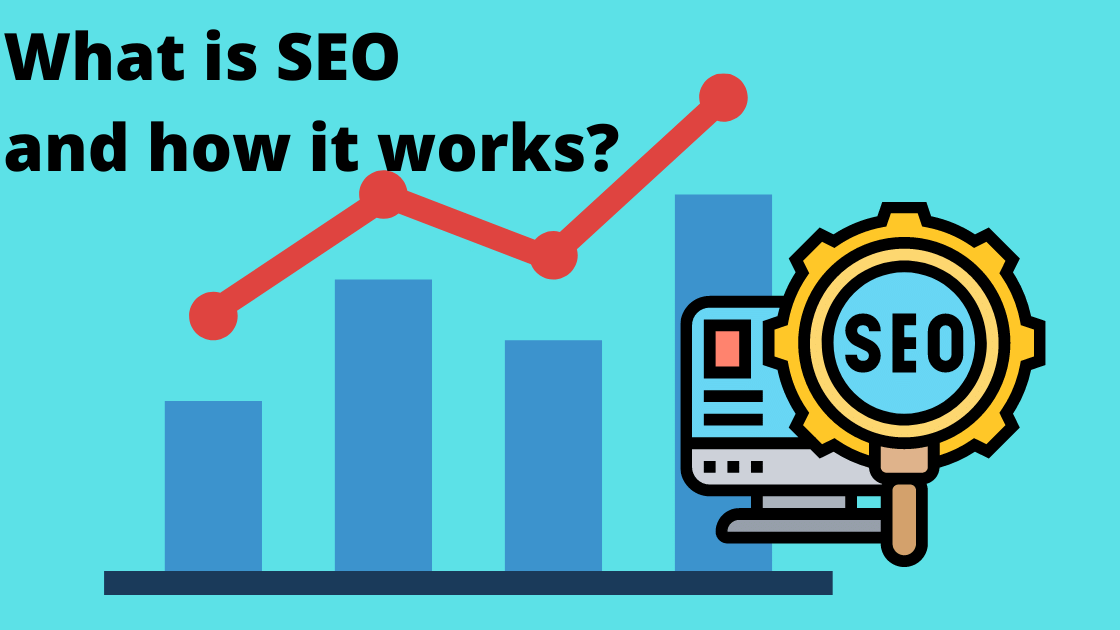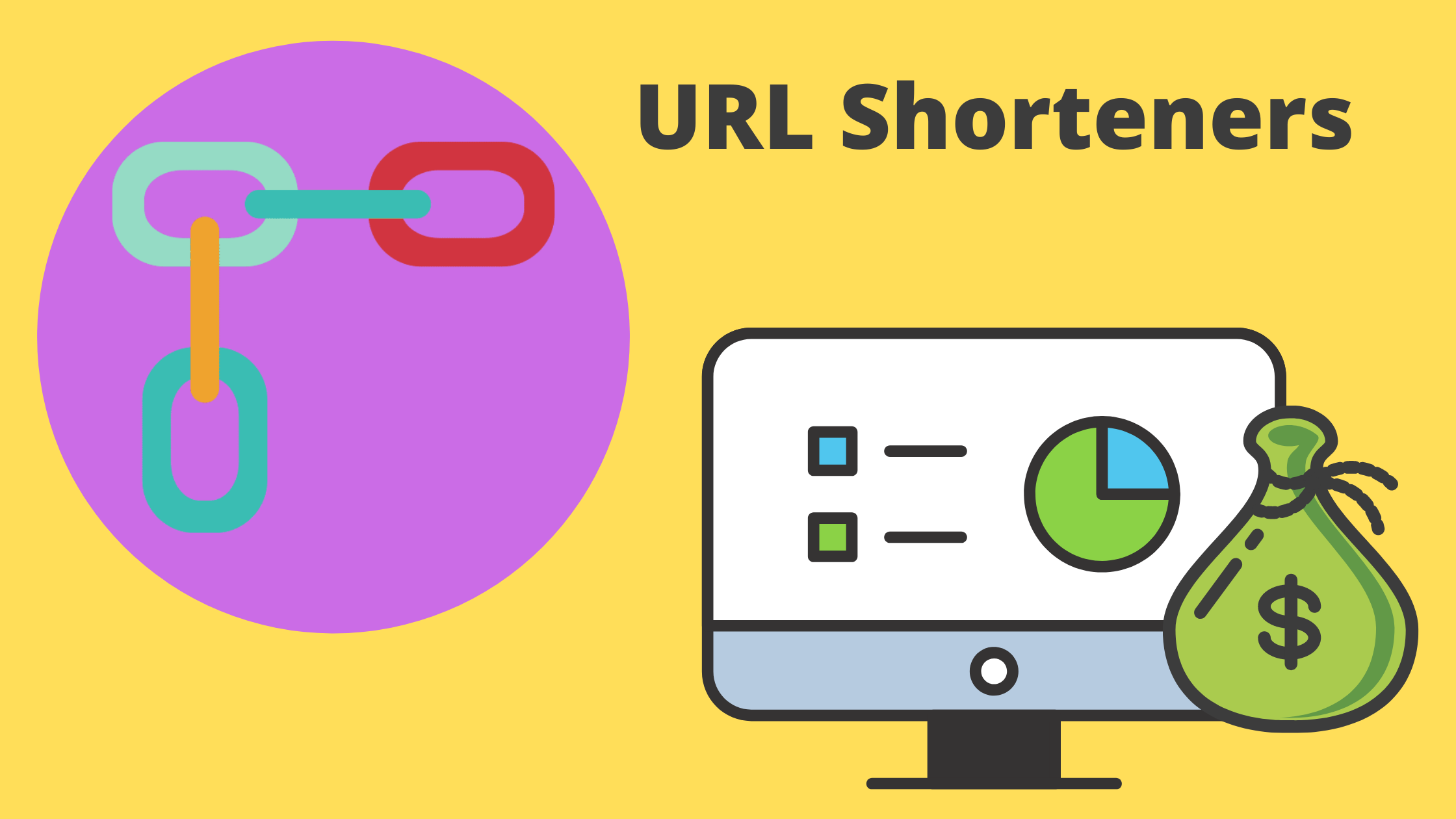What is SEO and How it Works?
So you decided to start your website. Sun is shining, and life is great. You casually go to Google.com and search for your content, and then the sweating starts! Your site is nowhere to be found and you remember the old saying:
“The best place to hide a dead body is page two of Google search results.”
The reason this is happening is (lack of) SEO. It can be intimidating and sound like a technical mambo-jumbo, but it will all make sense by the end of this post, so bear with me!
What is SEO?
Firstly, let’s tackle the obvious question, what does SEO stand for?
SEO is an acronym for search engine optimization, which is the process of optimizing your website to get traffic from the search engine results page (SERP). What’s most important, SEO is the process of getting free, organic traffic to your website.
All of the search engines have, more or less, similar ways of ranking results, so we will reference Google as an example since it’s the most widely used search engine.
There are three integral parts in using SEO to your advantage:
-
Your content
-
Search Engine
-
Your end-user
You want to match your end-users needs (query/keywords) by providing relevant and high-quality content in a way Google can find it, and rank it high.
How Does SEO Work?
The inner workings of the search engine are complicated and not made public, but the process of how SEO is pretty simple. Google bots, also known as “spiders”, crawl through the internet to better understand the content of websites, and index the pages they process.
The main goal of Google is to provide “the most relevant and reliable information available”, as mentioned in their mission. For that to happen, Google needs to match your content to what searchers are looking for. This means that quality content isn’t the only thing that matters.
Google also checks how easy is your content to read and navigate to.
For example, a site that is more user-friendly, with the same content quality will most likely be ranked higher.
Types of SEO
SEO can be defined as On-Page SEO and Off-Page SEO. By utilizing both of them, you are on a good way to have your website ranked high on SERP.
To put it simply, Off-page SEO is what brings users to you, and On-Page SEO is what keeps them occupied and satisfied once they have found you.
On-Page optimizations
The main components of On-Page optimizations are Keywords, Content, and Design & Speed (Responsiveness) of your website.
Keywords
Keywords represent terms that people are using when searching on Google. The closer your content matches the query used in the search, the higher your rank will be.
In other terms, keywords represent user needs, therefore it’s important to use specific keywords when aiming for a higher rank. People usually don’t search for “vacation Hawaii”, they are usually looking for something like “Vacation in Hawaii On A budget”.
When writing your content have this in mind, and start from the main concept/idea and then expand. You can always rely on your ideas, but it’s best to use tools created for that purpose, like our Keywords Suggestion Tool.
And start expanding by using results

After you find the right keywords for your content, add them to the appropriate place (H1 tag for the main keyword, alt-text for images, and alike) you should go and verify that everything is in place by using our other Keywords related tools like Keyword Position Checker (which compares your content to competition) and Keyword Density Checker that determines what percentage of your content is Keywords data.
Content
We all heard the saying “Content is king!” and that is the one statement that remains true regardless of how much or often ranking algorithms change over the years.
The best thing you can offer to your users is a one-stop-shop for all their needs. Everybody loves to find all the data within one article, or at least within one website.
Going back to Google’s mission, of providing the most relevant information, if you search for “how to draw a car”, google won’t provide links to detailed car schematics, but will give you sites with simple and easy pointers for drawing cars, probably even kid-level instructions. So create content that is relevant and reliable.
Design and Page Speed
When talking about the design in the context of on-page SEO, we are addressing content design. Putting keywords in an appropriate header, adding alt-text and names to your images, making a reasonable and understandable header hierarchy will help with Google rankings.
But visual aesthetics of your page will keep users coming back to your site.
In these modern times, people are accessing websites from all kinds of devices, so it important that your content is usable in multiple resolutions. Which can be tested by our webpage screen resolution simulator tool.
Using the right images is appealing to the human eye from a visual perspective, but optimal, compressed images are appealing to search engines and site performance.
One of the most comprehensive tools for that is the Page Speed checker, which will verify the load times of pages, CSS files, scripts, and images.
Off-Page optimizations
Off-page optimizations are related to the outside world, and how users and other websites interact with your site.
Backlinks
A website that has many links pointing to it will be ranked high on SERP because all those links are telling Google that that page is important and reliable. That is the main power of backlinks.
However, unless you are a big-name brand or company, chances of getting a lot of backlinks organically are next to none. This doesn't mean that it's impossible, just that you need to work for it and take initiative.
Reaching out to other content creators and exchange links, creating content for other websites, or even paying somebody of Fiverr is a viable option. Just be aware that not all backlinks are created equal, and that it's better to have a few good mentions on highly reputable sites, than a lot of mentions on pages that nobody reads.
Google believes in saying "Class recognizes class", so if somebody important is talking about you, you also must be important. Checking how your rank on some of the reputable sites can be done with our tool.
Bounce Rate
Bounce rate is calculated when the user opens a single page of your website and doesn't interact with it before closing it. Specifically, a site’s bounce rate measures how many site visitors leave without buying something, clicking a link, or registering.
A site’s bounce rate tells you how well users are, or more importantly, aren’t interacting with a webpage as intended.
There could be a lot of reasons for this. An interface that is not user-friendly, broken links, or long loading times.
Security
Take a look at these two websites and answer a simple question: Which one would you rather use, regardless of the type of data you will, or won’t enter?


That’s right, and Google has the same way of thinking, so it’s really important to have your site’s address start with HTTPS instead of HTTP.
This means that you have an SSL certificate installed and that all the traffic between your user and your website is being encrypted.
What is SEO and How it Works: The Summary
After breaking down SEO into its main parts, hopefully, it doesn’t seem so intimidating anymore, and you are on a path to creating relevant and reliable content, that will make the internet a better place!
Following the good SEO technics will add time to your content creation, but ask yourself, do you want to write articles that nobody will see, or give it your best and reach as many people as possible?





09212021.png)
